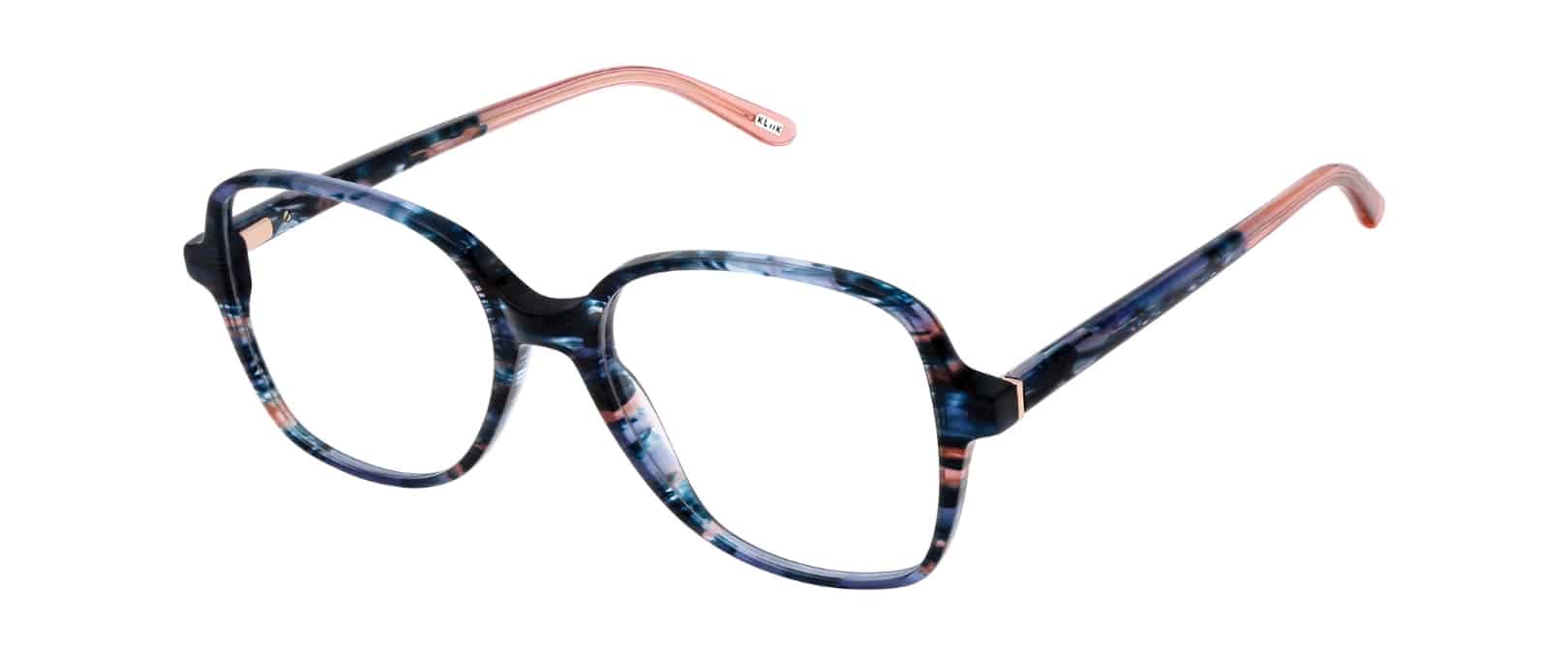J&J Partners with Singapore National Eye Centre to Tackle Myopia
Tuesday, November 13 2018 | 10 h 24 min | News, Partnerships, Press Release
The Singapore National Eye Centre (SNEC), the Singapore Eye Research Institute (SERI) and Johnson & Johnson Vision announced a US$26.35 million research collaboration to tackle myopia.
The public-private strategic partnership in Asia focused on myopia will create a deeper understanding of how the condition develops, how it progresses and how it may be intercepted. It will focus on developing predictive tools to identify those who may be at risk to develop high myopia, conduct research on the underlying mechanisms of myopia, progress novel therapies, and discover and validate methods to prevent the onset and progression of the condition.
“We are delighted to be collaborating with SERI and SNEC to better understand the underpinnings of this condition and identify ways to halt this global public health threat,” said Paul Stoffels, M.D., Vice Chairman of the Executive Committee and Chief Scientific Officer, Johnson & Johnson. “Together, we hope to bring important progress to individuals and families throughout the Asia Pacific region and ultimately, around the world.”
The program is a collaboration between Johnson & Johnson Vision and the Singapore Eye Research Institute (SERI), which is the research arm of the Singapore National Eye Centre (SNEC), over three years. Johnson & Johnson Vision is making a US$15.78 million investment, comprising cash and in-kind contributions, while SERI’s investment is US$10.57 million in cash and in-kind contributions.
According to Professor Wong Tien Yin, Medical Director at the SNEC, the collaboration will bring together the right mix of resources, clinical and scientific experience, and intellect to create a leading centre for myopia research, clinical care and education practices designed to contribute substantially to regional and global efforts to fight the condition. “SNEC is honored to be working with collaborators coming together to address the growing burden of myopia,” Professor Wong said. “By leveraging the diverse strengths of our clinicians, clinician scientists and strategic partners to establish new disease frameworks and share this knowledge across world communities to help eradicate myopia.”








